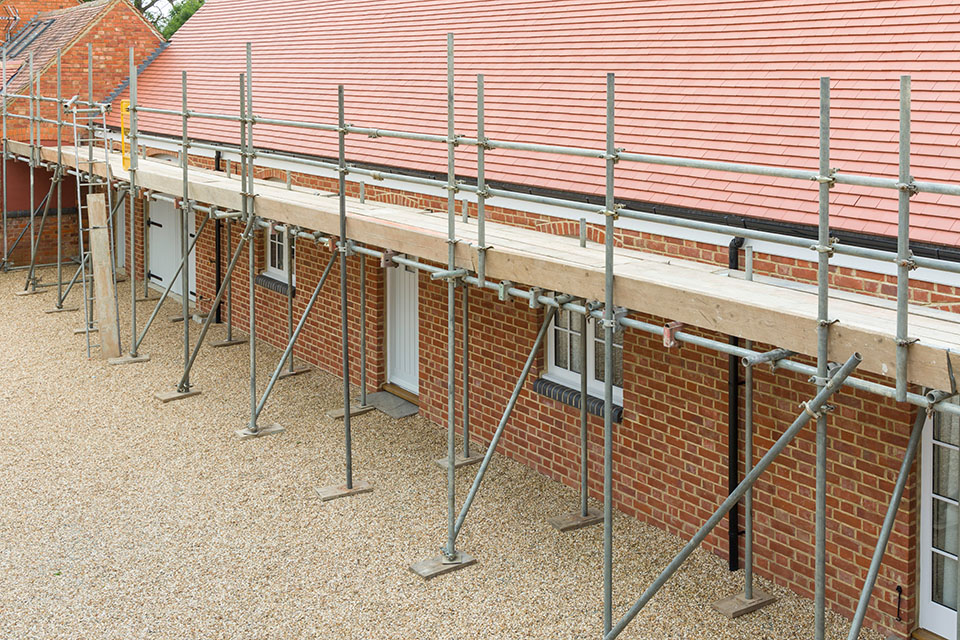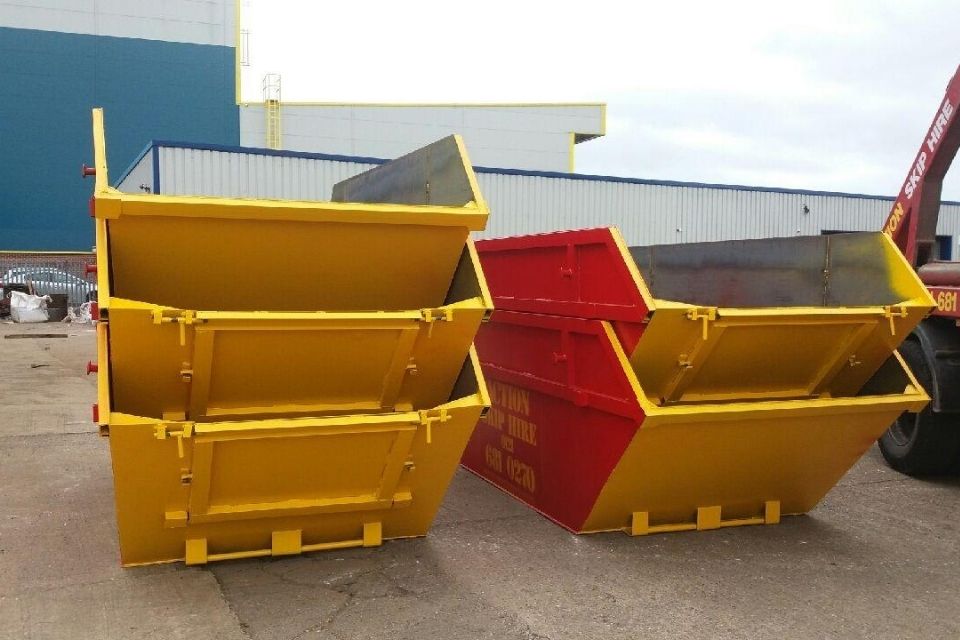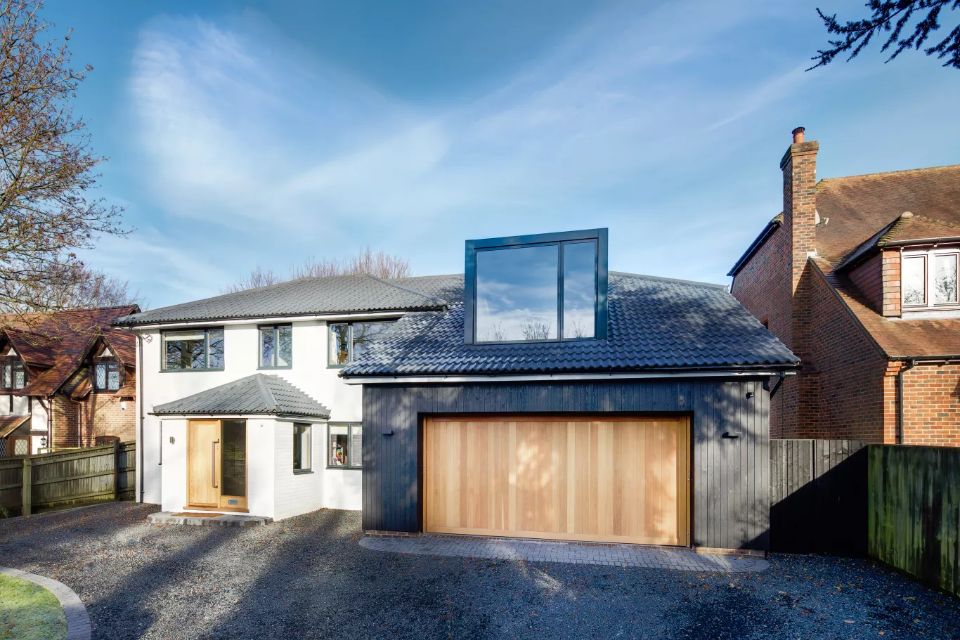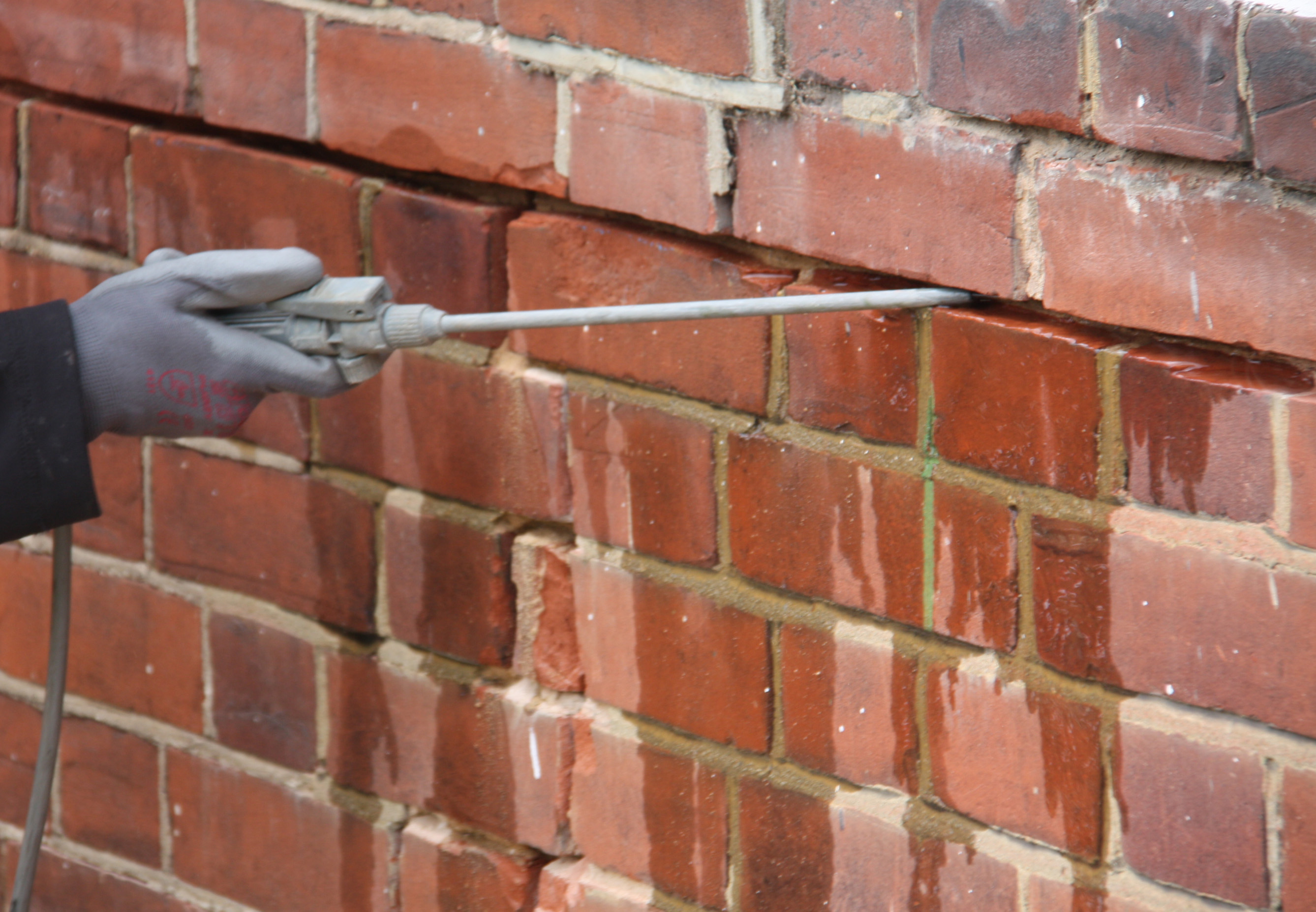How Much Does a Single Storey Extension Cost in 2025?
Here we will go through the different costs to build a single-storey extension as well as the duration, labour and additional costs and the different types. So, if you are looking to get a single-storey extension, then you will learn everything you need to know here.
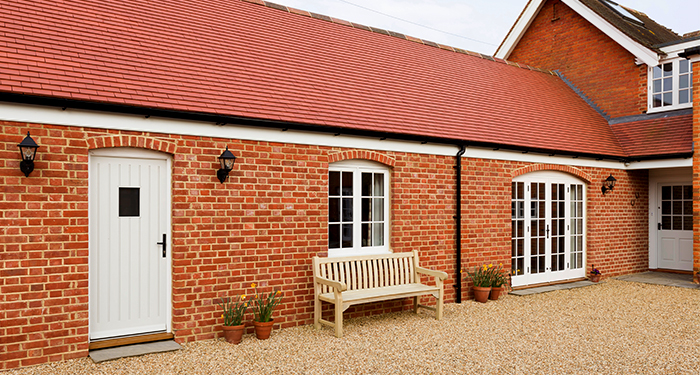
The average cost of materials for a single-story expansion will vary depending on several factors, including the extension's size.
The longer the extension, the more money you'll have to spend. If the interior of the extension is simple, with no internal walls, the cost per m² will be slightly lower. Even so, keep in mind the following factors:
The more space your extension takes up, the more you'll have to spend.
The quality of the finish has a big impact on cost. Picking high-end options can result in a total cost that is more than double that of choosing simple alternatives.
The type of extension you select will have a significant impact on the size your extension needs to be.
Side return extensions provide the least amount of extra room and are frequently the cheapest option, whereas a wrap-around kitchen extension adds the most area and costs the most in terms of fixtures and fittings.
Your price will also be determined by your location; for example, living in London will significantly increase your project costs.
You will be required to pay a parking permit for your contractors for the duration of their stay if you do not have off-road parking at your home or site.
Various types of tradespeople may be required for your project, depending on the type of work you have done, including:
- Builders
- Plumbers
- Electricians
- Heating Engineers
- Painters and decorators
Each contactor have their own set of skills and pricing techniques.
It's worth noting that the prices charged by small vs large contractors will be vastly different. Smaller companies, where possible, will cost you less than larger national companies because they will not have large overheads to recoup with their pricing.
So what is the cost of a single-storey extension?
A general rule of thumb for extension costs is between £1,500 and £2,000 per m².
Most homeowners convert their back and side expansions into kitchens, which comes with its own set of expenditures, as most new kitchen suites cost at least £4,000 - £10,000. An expanded living room, on the other hand, will almost certainly only require new furnishings.
Bathrooms are frequently included in extensions, with the cost of a new bathroom installation ranging from £1,500 to £6,000.
The cost of a small addition might be as little as £20,000. This would most likely be a simple, modest single-storey side extension.
A large single-storey extension with substantial amounts of glass in both the roof and walls might cost up to £120,000 in total.
A single-storey expansion costs roughly £50,000 on average. As this is the most frequent purpose for a single-storey extension, it would give you a good-sized rear or side expansion and include the cost of a kitchen.
Single Storey Extension Prices in 2025
| Extension | Cost |
|---|---|
| Single storey | £1,500 - £2,000 per m² |
| Kitchen single storey | £4,000 - £10,000 |
| New bathroom single storey | £1,500 - £6,000 |
| Large single storey | £120,000 |
| Single storey | £50,000 |
- How Much Does a Single Storey Extension Cost in 2025?
- Supply Cost of a Single Storey Extension
- Additional Single Storey Extension Costs
- Labour Cost of a Single Storey Extension
- How Long Does It Take to Build a Single Storey Extension?
- Types of Single Storey Extensions
- How Much Does It Cost to Remove a Single Storey Extension?
- FAQs
Supply Cost of a Single Storey Extension
Here we will break down the different supply costs of a single-storey extension and the different types of supplies you could need.
There are numerous elements to consider when evaluating your extension costs. From flooring materials, windows, doors and heating.
We will also discuss the supply costs for a new bathroom and the costs of a new kitchen. This will help you understand how much material will cost depending on the type of livingspace you want to create.
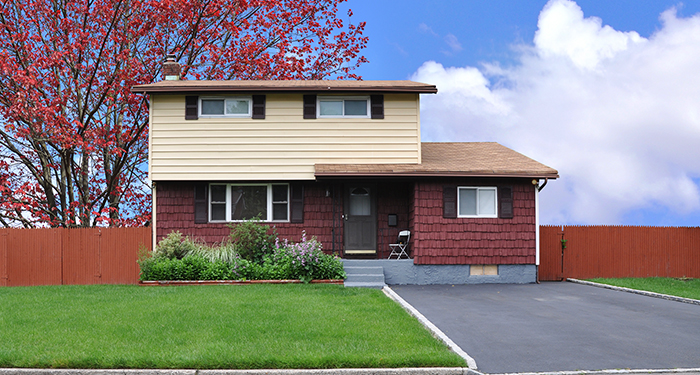
Windows
The cost of windows will depend on the type you want and the size needed.
- Velux windows can cost between £500 - £2,000
- uPVC windows can cost between £250 - £650.
UPVC windows become very expensive if you want a bigger window; however, for the standard size, they usually come at a good price!
Flooring
Flooring costs depend on the size of your floor and the type of floor you choose. For example:
- Vinyl flooring costs £11 - £45 per m²
- Tile flooring costs £15 - £200 per m²
- Carpet flooring costs £8 - £105per m²
- Hardwood flooring costs £72 - £116 per m²
Hardwood floors usually come in small panels, so the cost of wood can rapidly increase per m²d epending on the type chosen.
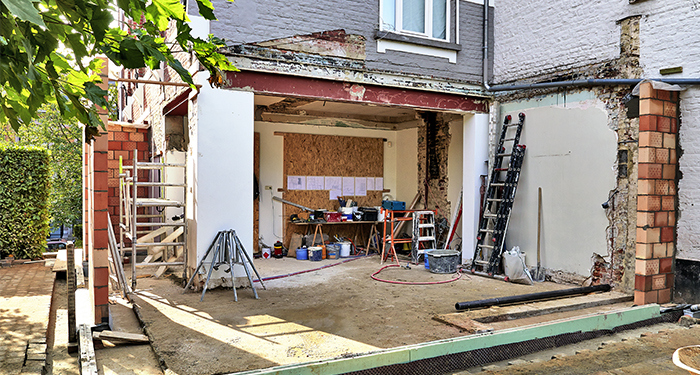
Doors
Your extension needs internal and external doors fitted. Here are example supply costs:
- Internal doors:£50 - £200
- External doors: £250 - £3,900
- Patio doors: £800 - £3,750
Heating Options
Extensions can be cold if no heating is installed, so this is an important factor if you want to improve your overall home.
- A standard standard radiator will cost £95 - £850
- An electric radiator will cost between £150 - £300
- Underflooring heating will cost you £50 - £150 per m²
- A boiler can cost between £500 - £3,000
Bathroom
If you decide you want your single storey to become a new bathroom suite there will be many supply costs to consider:
- A bath: £100 - £400
- A toilet: £100 - £200
- A sink: £50 - £200
- Taps: £40 - £100
- A shower: £60 - £500
Kitchen
To install a kitchen into your single-storey extension, supply costs will increase greatly due to the units and appliances needed to complete the project.
- Kitchen units:£3,000 - £5,000
- Kitchen work surfaces: £200 - £2,000
- A fridge freezer: £400 - £4,500
- A gas hob: £100 - £500
- An oven: £200 - £1,500
- A dishwasher: £200 - £1,600
To summarise, the table below breaks down the supply costs you will need for your single-storey extension.
| Material | Cost |
|---|---|
| Windows | £500 - £2,000 |
| Doors | £50 - £3,900 |
| Flooring | £8 - £200 per m² |
| Radiator | £95 - £850 |
| Boiler | £500 - £3,000 |
| Bathroom | £1,500 - £10,000 |
| Kitchen | £4,000 - £20,000 |
Additional Single Storey Extension Costs
When you are adding on a single-storey extension, additional costs may pop up that can add to your overall costs. Here we will go through the different additional costs.
Skylight Windows
The biggest advantage of installing skylight windows in your extension is that they let in a lot of natural light. Solar heat can enter your home through these windows, keeping it naturally warmer.
There are many varieties of skylight windows to choose from, so there is one to fit any budget.
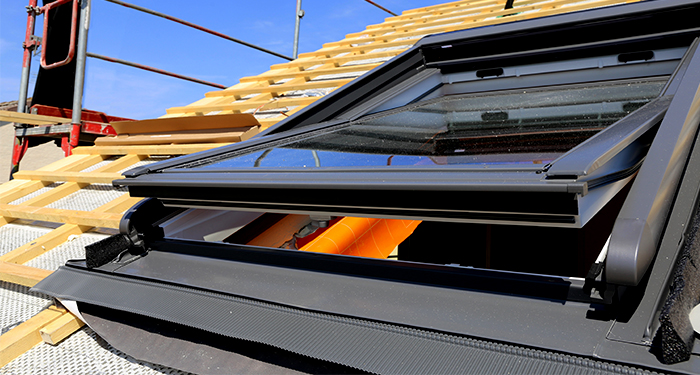
Painting a Room
You will want your new room painted once the build is complete. This can cost anything from £180 to £530 depending on the size of the room.
The type of walls and paint utilised are also cost concerns. Some paint materials are more expensive than others, and various walls may require different techniques based on their characteristics. The longer the job takes, the more money it will cost, particularly in terms of labour costs.
Location
The price you pay for labour varies depending on your location. For example, the average cost in Manchester is roughly 10%-12% lower than the national average.
The southeast, on the other hand, has greater rates than the rest of the UK due to the cost of living in London being 12-17 per cent more than the UK average.
Searching for "builders near me" will give you an idea of what you might pay in your area.
Duration
The bigger your extension, the longer it takes to build and complete your single-storey extension. This will have a huge impact on your cost as tradesmen can charge per day.
Ground Preparation
Before construction begins, the ground must be properly prepared to ensure a stable foundation. This can include:
- Excavation
- Levelling
- Removing existing structures or debris
- Addressing drainage issues
If the soil is unstable or the site is sloped, additional groundwork such as reinforced foundations or piling may be required.
Labour Cost of a Single Storey Extension
Due to who you will need to be recruiting, the labour costs you expect to pay may be more than projected.
A single-story expansion is never built by a single person; numerous tradespeople are required to guarantee the job is completed correctly, as it entails electrical and plumbing work.
Here, we'll go over the various tradesmen costs of constructing a single-storey expansion without any material or additional costs so you can figure out if DIY is worth saving a few extra pounds.
To begin, a builder would typically charge between £16 and £42 per hour; however, the builders will most likely provide you with an overall cost to show you how much you are paying them.
The table below shows the cost of other trades:
| Trade | Typical Cost Range | Notes |
|---|---|---|
| Tiler | £16 – £75 | Cost depends on task difficulty. |
| Plumber | £27 – £80 per hour | Handles all water-related installations |
| Plasterer | £15 – £50 | Price varies with wall condition and complexity. |
| Decorator | £16 – £40 | Many opt for DIY, but professionals offer quicker results. |
| Joiner | £16 – £40 | Cost depends on the amount and complexity of work. |
| Roofer | £30 – £40 | Standard rate for roofing work. |
How Long Does It Take to Build a Single Storey Extension?
Having a single-storey extension built on your home can take time. Here we will go through the different durations it takes to build a single-storey extension.
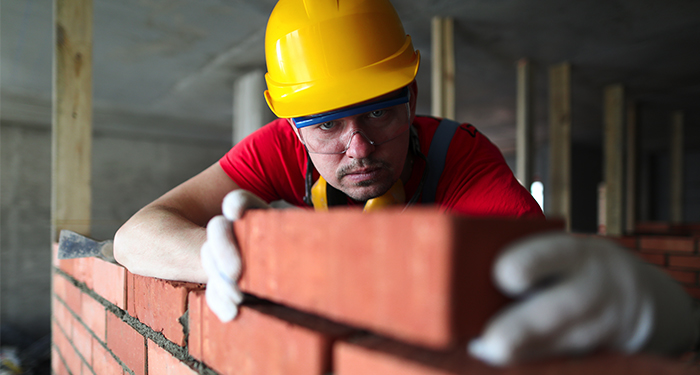
Week 1: Notify your neighbours that work will begin soon and ask for their patience while the project is underway. Ensure that access to the site is unobstructed and that any locations where children or dogs will be present during the process are fenced off.
Week 2: The foundations will be excavated by the builders. They will arrange for a foundation depth, breadth, and reinforcements inspection by Building Control.
Pipes, wiring, and drainage services will be installed. The foundations will then be filled with concrete.
Weeks 3 – 4: Trenches and drains will be dug, and bricklayers will start building the wall up to the damp course. The concrete floor is then poured and allowed to harden.
Weeks 5 and 6: Bricks are placed, wall ties are installed as needed, cavity wall insulation is installed, and door frames are installed.
Week 7: The builders will construct the roof frame and, if necessary, install roof windows or domes.
Week 8: Install roofing felt and secure roofing battens. If necessary, roof vents are installed. The contractors will install roof tiles, as well as cement ridges, hips, and valley tiles if needed. Then apply the floor screed and let it cure over the weekend.
Weeks 9-10: Windows and doors will be installed in their frames, and the exterior walls will be rendered if necessary. Rainwater pipes and guttering have been installed. Plumbing and electrical wiring have been installed.
Weeks 11-12: Create an opening by knocking through into the current structure. Lintels and pad stones will be installed, and the lintel/pad stones will be inspected by Building Control. Plaster and plasterboard will be installed.
Week 13 is the last week of work. Second-fix electrical components, including switches, sockets, and light fixtures, as well as second-fix plumbing components like taps and connectors.
Painting and decorating once the plaster has dried and the wood, carpets, or tiles have been installed.
Types of Single Storey Extensions
In today's world, there are a plethora of single-story extension ideas to pick from, and it might be difficult to narrow down your choices.
However, we'll go through the many sorts of single-story expansions, as well as their benefits and drawbacks, in this article.
Single Return Extension
A side return expansion takes use of the space on your home's side. It's usually the most cost-effective single-story alternative because it adds a lot of square or rectangular living space.
Additional cooking space or a conversion to an open plan kitchen are popular applications for this room. Side returns, when done properly, can add a lot more room than you might imagine!
Pros
- It can add a lot of room
- Good for adding a kitchen
Cons
- Basic design
Garage
Converting your garage into additional living space is one of the most cost-effective methods to expand your home. Because the room's framework is already in place, the budget required to alter it is minimal, and it will be spent on room upgrades rather than building.
The removal of the garage door and the installation of new windows are the two highest costs to consider.
Pros
- Room upgrade
- The framework is already in place
Cons
- None
Wrap Around Extension
Wrap-around have the most dramatic effect on a property because you have the greatest extra area to work with. They're ideal for constructing everything specified in the previous two categories, and there may even be enough place for an additional toilet or bathroom.
To avoid having any darkly lit regions throughout the day, make sure that central rooms are still drenched in natural light with any extension option. Skylights, light wells, wall-to-wall windows, and bi-folding doors should all be carefully placed in the extension plan.
Pros
- Dramatic effect
- Add a lot of value
Cons
- Expensive
Conservatories
Conservatories are a popular choice among UK homeowners since they are made of a material that is both mouldable and cost-effective. Aluminium is a cutting-edge material. It's more expensive than uPVC, but it's significantly more durable and appealing.
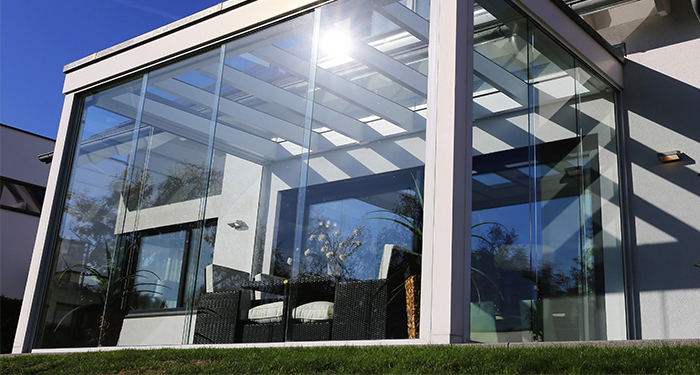
The conservatory's shape and style are also factors to consider. The major alternatives to consider are Gable-End, Victorian, Edwardian, Georgian, Lean-To, P-Shape, T-Shape, or Glass Extensions.
When it comes to single-story expansions, though, many people choose orangeries. The living space may be pleasantly used all year because the structures are mostly made of brick rather than glass.
Pros
- Add value
- Lots of ways to design it
Cons
- Can't use it all year round
How Much Does It Cost to Remove a Single Storey Extension?
The cost of dismantling an expansion is mostly determined by its size, with a few other considerations playing a smaller role. As you may assume, the cost of demolishing a little expansion is far lower than the cost of hiring a demolitions expert in demolishing a two-story extension.
Because of the numerous complicating aspects, calculating a general price per square metre is difficult, but there are broad price ranges to bear in mind.
If there are no complicating considerations, demolition costs for extremely small properties could be as low as £5,000, up to £8,000 or more if there are.
Prices of up to £12,000 and beyond are not uncommon for larger extensions.
Transporting the waste materials away will account for a significant percentage of these costs.
The cost of dismantling a garage is often determined by the materials used rather than the size of the structure, presuming most garages are of a standard size (large enough to hold a single car).
Concrete may be less expensive than brick because it is easier to remove the panels. Demolishing a garage might cost between £500 and £2,500, including labour, skip hire and garbage taxes, as well as breaking up and removing the concrete foundation.
FAQs
Q: How deep do footings need to be for a single-storey extension?
A: The depth is determined by the condition of the ground; however, you must dig to solid ground.
Strip foundations for a single-story building will normally be 450mm wide and at least 200mm deep.
Q: Do I need planning permission?
A: Single-story rear extension must not extend beyond the original house's back wall by more than three metres (if it's a semi-detached house) or by four metres (if it's a detached house).
You'll require planning clearance for the extension if it's closer than seven metres to the back boundary.
Q: How much value does a single-storey extension add?
A: A basic single-storey expansion will add approximately 5-8 per cent to the value of your home.
Q: Is a single-storey extension worth it?
A: Even if your budget is limited, a well-planned addition to your home can expand a modest dining room or provide additional space for a home office.
Extensions can also improve natural light, connect existing portions of the home, and improve the overall architecture, allowing a space to breathe a little easier.
Q: Do you need an architecture for a single-storey extension?
A: Professional architectural drawings are required for a thorough planning application, so the answer is yes.
Your architect should be able to prepare more thorough building regulations drawings on your behalf and direct a structural engineer.
Q: Can I get a single storey bungalow extension?
A: Yes, you can get a single storey extension on a bungalow in the same way that you would with any other house.

